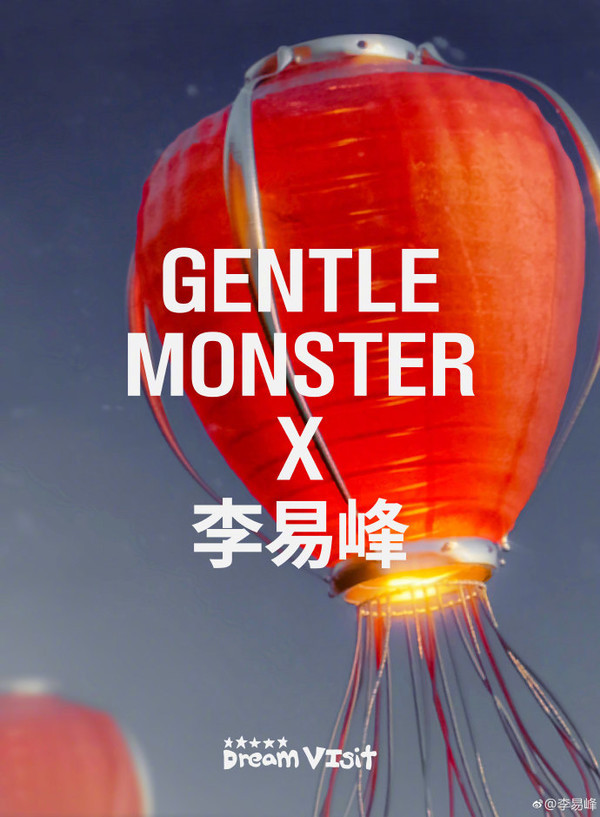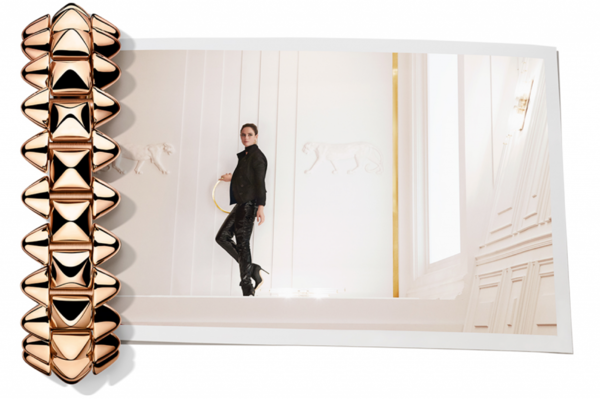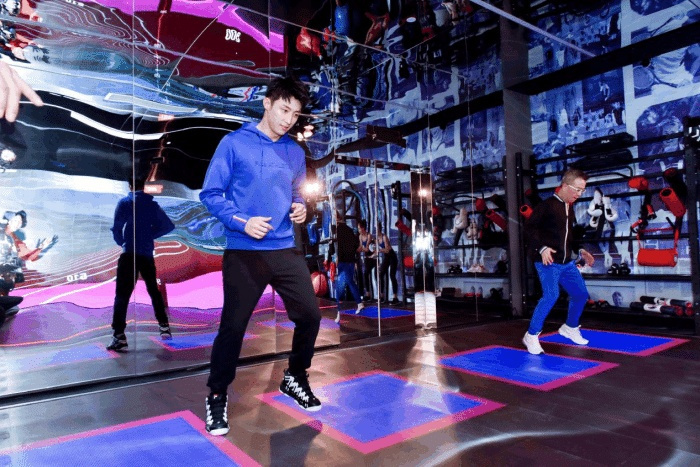"YOUNG & DIGITAL": 6 EXCELLENT EXAMPLES OF CUSTOMERS EXPERIENCE IN CHINA THAT YOU NEED TO KNOW
June 15,2019

In China market, "digitization" and "youth" are the core subjects of all brands in the fashion field, and also the biggest challenge to test whether the brand has the courage to innovate! Through the new "Young & Digital" brand case study launched by Luxe.co, we collected the latest activity of major fashion and luxury brands, according to five dimensions -- content marketing, user experience, personalized customization, category expansion, brand crossover -- regularly screening out the best cases to share with you.
In this article, there are a total of 7 brand cases that we selected as the top case studies of "Young & Digital User Experienceт:
Note: all cases are listed in no particular order, with cases included until April 25, 2019.
Case Study 01: Gentle Monster X Li Yifeng

Case summary: Gentle Monster cooperated with Li Yifeng to launch the Dream Visit Space of the same name as Li Yifeng's birthday concert. Meanwhile, Little Monster had a limited release of 1987 sets of Dream Visit sunglasses and customized peripheral products.
Editor's comments: How does a brand value and leverage its co-stars? This has become the key subject that a lot of brands in China market must think about. Chinese social media and e-commerce give brands the power to truly test the commercial value of stars. The collaboration between Gentle Monster and Li Yifeng brought this test offline.
Gentle Monster, who is great at creating offline immersive experience, took Li Yifeng's childhood as inspiration. During the same period of his Dream Visit birthday concert, it especially created an offline experience space for installation, multimedia and performing arts. The brand gave full play to its strengths in creating space, shortened the distance between fans and Li Yifeng, and strengthened the awareness and goodwill of the brand by guiding fans to offline activities.
In terms of online marketing, Gentle Monster and Li Yifeng started to increase the enthusiasm of consumers and fans through Weibo in advance, and made full use of the star power of social media influence and fans, which brought buzz and traffic to the brand.
Of course, such cooperation also has potential risks, such as the selection of stars, the form of brand implantation, fans' expectations of cooperation and feedback.
Case Study 02: CLASH DE CARTIER

Case summary: Cartier launched CLASH DE CARTIER, a more youthful collection, and opened a 6-day jewelry experience exhibition in K11 Shanghai. The brand also launched a WeChat Mini Program with guided tour function to match with the exhibition. Users were able to make an appointment to try on new products and participate in the interactive part of the exhibition through WeChat Mini Program.
Editor's comments: Jewelry brand exhibitions are not new -- the difference however is that Cartier integrated more online and offline interaction links.
Offline exhibitions can attract the attention of young consumers through a variety of interactive methods, especially through interactive devices that are more suitable for young people to take photos and share.
In terms of online channels, Cartier used WeChat Mini Program as a key part of the exhibition interaction. In addition to the navigation function, users who participated in the interaction part were able to upload selfies to WeChat Mini Program and save them. By scanning the QR code on site, they were then able to see their photos on the wall.
More great examples of user experience:
- Skechers has built COMFORT LAB in Shanghai, Shenyang and Beijing, and initiated "COMFORT CONTRACT PLAN" activities through WeChat Mini Program. Users who have purchased the GOWALK series of products were able to make an appointment to participate in the exchange of old products for new products through WeChat Mini Program, while those who had not purchased products were able to book an appointment in the COMFORT LAB to try on.
- Fendi launched тFendi CraFF Time-Limited Workshopт in SKP, Beijing, where Italian artisans performed graffiti art on fur to convey the brand concept to younger generations.

- Fila, working together with holofit (a holographic training space) created a holographic immersive experience space in Fila China's largest comprehensive flagship store located in Fuzhou. This space included a variety of holographic training challenges such as tennis, running, golf and yoga, and provided a recreational training experience for fashion sports enthusiasts.
- Under Armour has built the "RUSH CHINA LAB" offline sports experience center, inviting professional athletes and consumers to challenge their limits and understand the characteristics of RUSH's innovative mineral dyeing and weaving fabrics. At the same time, a WeChat Mini Program called "Potential +1Log" was launched online to record the training content of each challenger.












Comments